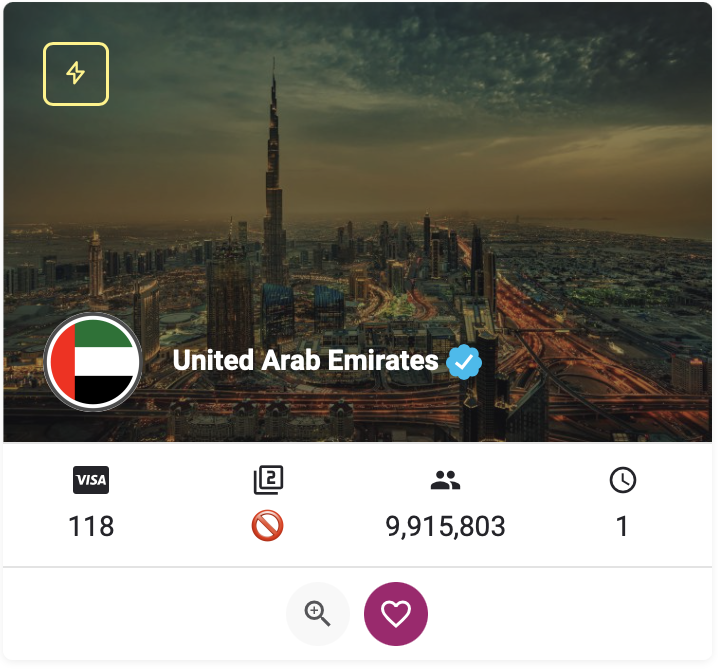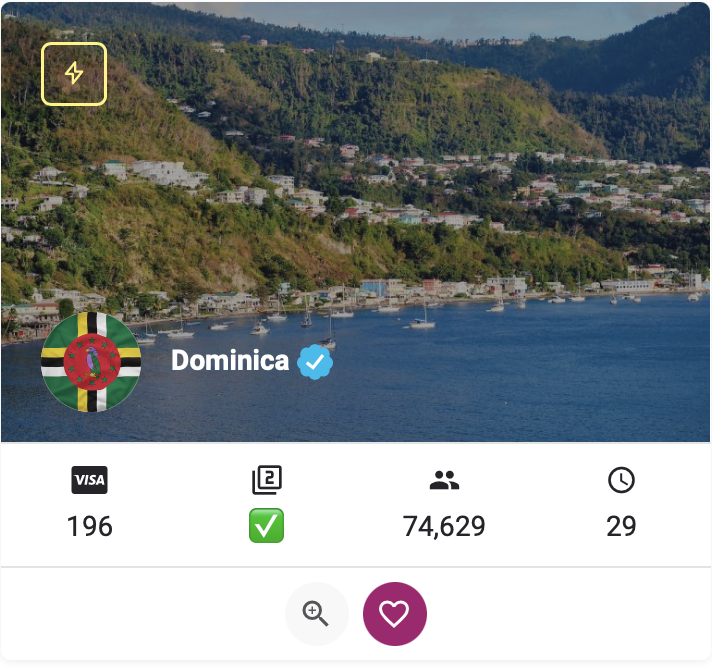Kazem Kokarm, a spokesman for the Iranian Astronomical Association Committee, spoke to Mehr about the vision of the Crescent of Shawwal and the possible time of Eid Saeed Fitr in Iran, saying: “According to the routine each year in the Hijri mining, we will see the twenty -ninth month of the month.” For this reason, given that today is April 9th and the twenty -eighth day of Ramadan, we cannot consider tomorrow as Eid al -Fitr in Iran. Because the lunar month is 1 or 2 days and under no circumstances can be 2 or 2 days.
Kokaram continued: The New Moon moment occurs on Saturday, April 9, at around 9:30 pm Iran time. This way at sunset, if we consider, for example at about 9:30 pm, for many parts of the country, then only about four hours have passed since the new month. However, at least when we have to go through the “New Moon” moment to see the crescent of the moon, based on the world record of this parameter, which is owned by Sayyed Mohsen Judge Mir Said, something should be more than 1 hour and 2 minutes from the new month. Therefore, on Saturday, Ramadan or April 9th, we will not be able to see the crescent of the moon either scientifically with the naked eye nor with any telescopes.
The former editor of the astronomy magazine added: “Since the rule of calendar extraction in Saudi Arabia and its compliance countries is different from Iran, they will probably declare on Sunday, April 10, because of the sunset after the sun.
He noted: In recent years, videos of the crescent monitoring in Saudi Arabia have usually released cyberspace with a telescope and binocular camera, but what is scientifically scientific is the crescent on the ninth evening of April from the back of the conventional telescopes in Iran and Iran.
Coordinates: Astronomy groups and associations in Iran, using powerful and advanced telescopes, have many valid and approved global records in the field of crescent sight by international authorities and institutions. Many of the observers who work in the field of crescent moon in Iran are based on personal interest or university job in this field and are mainly experienced and experienced observers. In such circumstances, it is necessary to emphasize that the expert opinion of the Iranian crescent observers is that the Crescent Shawwal AH is by no means visible on the 9th of April/ March 6, and if the crescent observation is announced, the observers have certainly committed a mistake.
He also said: According to the difference between calendar extraction in Iran and Saudi Arabia, since the rule of calendar extraction in Saudi Arabia is such that the issue of sunset or sunset after sunset is considered at the twenty -ninth night of the lunar month, they will be highly likely to be on Sunday, April 10th. Just as Saudi Arabia has begun Ramadan a day earlier, they will finish one day earlier, though the crescent of the moon is not really visible on the horizon of Saudi Arabia and Iran on April 9.
He added: In Iran, according to the rule of calendar extraction and attention to the view, the crescent of Ramadan was announced a day later and this month will be completed for 7 days on April 10.
At the end, Kazem Coca said: “So what seems certain is that the holy month of Ramadan will be a 6 -day and most likely on April 11, the first day of Shawwal and Eid Saeed Fitr in Iran. Of course, the final decision in this regard is the responsibility of the great authorities in Iran.
A spokesman for the Amateur Committee of the Iranian Astronomical Association noted: On Sunday, April 10, compatriots can easily view the crescent moon in the sky with an unarmed eye, and Monday, April 5, will probably be announced on the first day of Shawal and Eid Saeed Fitr. I emphasize that the process that is being implemented in Iran in the field of Hijri lunar calendar and crescent sight is fortunately fully in accordance with the jurisprudential rules and scientific principles approved by international scientific institutions in the field of crescent sight.
(Tagstotranslate) Eid Saeed Fitr (T) Ramadan (T) Iran (T) Help Ramadan (T) Saudi Arabia (T) Astronomy
RCO NEWS















